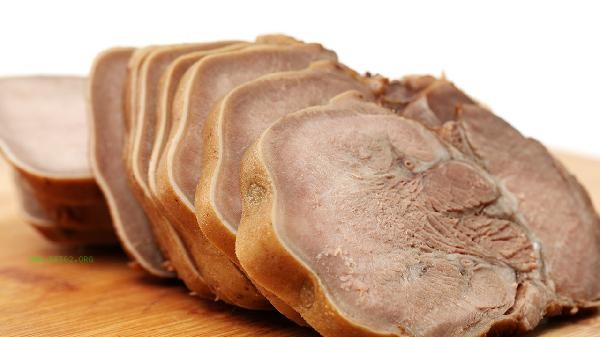Pork has a taste that can be removed by soaking, blanching, marinating, covering with spices, neutralizing acidic substances, and other methods. The odor of pork may be caused by improper storage, residual blood, or meat quality issues. Proper handling can improve the taste.

1. Soak to remove flavor
Cut the pork into chunks and put them in clean water. Add a small amount of salt or baking soda and soak for more than half an hour. Salt can help precipitate residual blood in meat, while baking soda can decompose some fishy substances. It is recommended to change the water two to three times during this period until the soaking water becomes clear. This method is particularly suitable for processing frozen pork or parts with obvious blood.
2. Blanching treatment
Boiling pork in cold water can effectively remove impurities on the surface of the pork. Ginger slices, scallions, or cooking wine can be added to the water. After boiling, skim off the foam and blanch for two minutes before removing and rinsing. Note that the blanching time should not be too long to avoid aging of the meat. This method has a particularly significant deodorizing effect on pig organs and bony parts.
3. Marinate and Cover
Marinate pork with soy sauce, oyster sauce, pepper powder, and other seasonings for more than half an hour. The amino acids in the seasonings can combine with odorous substances. Adding an appropriate amount of starch can form a protective layer to lock in the meat juice, while blocking the evaporation of unpleasant odors. For heavy flavor dishes, fermented condiments such as bean paste and Fermented bean curd can be used to cover up the odor.

4. Spices Neutralization
When cooking, add spices such as star anise, cinnamon, and Sichuan pepper, whose volatile components can decompose sulfide odors. During the stewing process, the spices and pork are fully blended, which not only removes the flavor but also adds fragrance. For pig trotters or fatty meat with a strong fishy smell, additional acidic spices such as hawthorn and tangerine peel can be added to help break down fat.
5. Acidic treatment
Organic acids in lemon juice, white vinegar, or pineapple juice can alter protein structure and decompose amine substances that produce unpleasant odors. Meat chunks can be soaked in diluted acidic solution for ten minutes or directly added to the cooking process. Be aware that excessive acidic substances can cause the meat to become stale. It is recommended to control the usage within 2% of the weight of the ingredients.

When purchasing pork in daily life, fresh meat with bright red color and good elasticity should be chosen to avoid buying meat that has already appeared sticky or dull color. It is recommended to refrigerate after packaging for no more than three days during storage, and to freeze for long-term storage. Adequate preparation before cooking can improve the safety of pork consumption. If there is an abnormal odor accompanied by green or moldy meat, it is not recommended to continue cooking and consumption. For special populations such as pregnant women or those with weak digestive function, it is recommended to choose cold fresh meat that has been treated with acid to reduce the risk of odor.








Comments (0)
Leave a Comment
No comments yet
Be the first to share your thoughts!